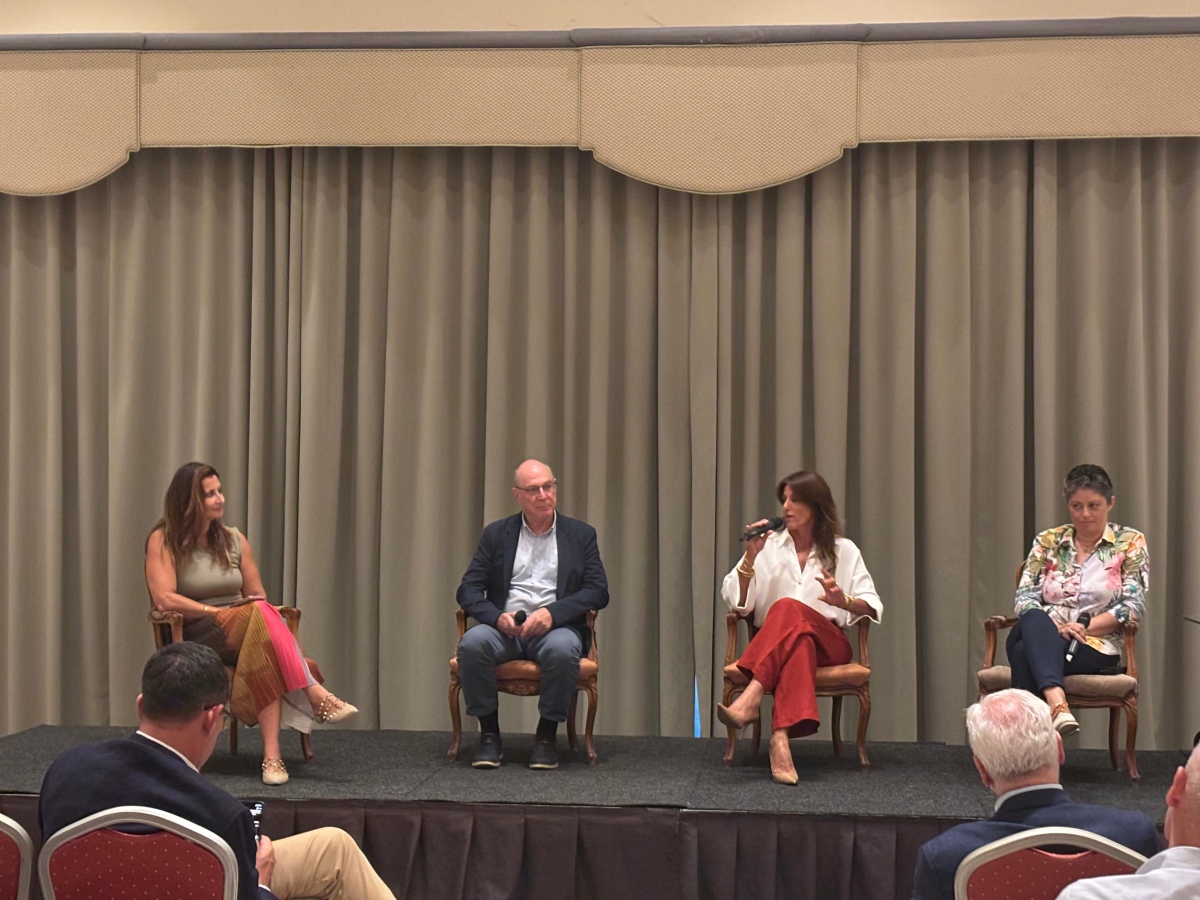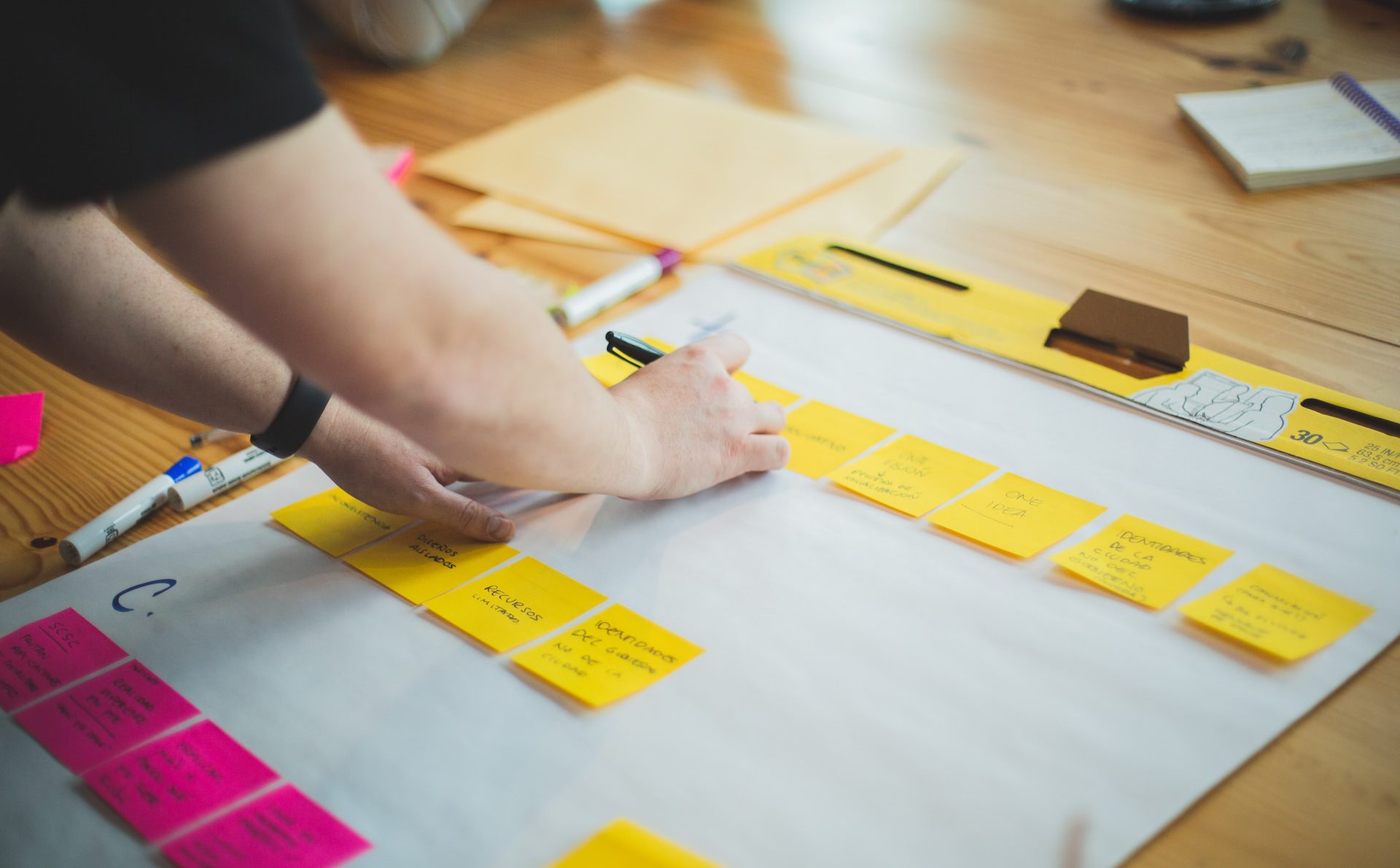In somewhat of a continuation to our previous article on the eight wastes of Lean, we shall this time discuss another potential roadblock – motion.
Our previous article in this series discussed transportation waste. Some might find difficulty in clearly distinguishing between the two wastes. We shall develop a few arguments to help clarify the differences.
Some typical motion waste scenarios
In better understanding waste as a result of unnecessary motion, let us consider the movement of our employees as they get around getting their jobs done. This might include a clerk having to repeatedly stretch to the bottom drawer to fetch specific documents stored within a file in her lowest desk drawer. If only she could find a more appropriate place for those documents that she needs to access on a daily basis, a location that is closer within her reach, then she might reduce the fatigue and strain exerted on her back as she stretches down to fetch that lowest drawer in her desk.
Finding yourself desperately clicking through a myriad of complexly nested document folders on your company’s network drive, in a frantic attempt to find that bit of information that you so urgently need, is a classical type of waste within electronic administration environments.
Similarly, the need to copy and paste information from one application e-form to another is a commonly witnessed motion waste. This is generally the case when handling never-ending information manipulation tasks related to form filling.
Flipping over and rotating a subassembly part – when this needs to get handled down the production workstations – generates motion waste and creates higher risk for damage, error opportunity, and therefore arising quality concerns, greater wear and tear to equipment and machinery, delays in the processing steps involved, and fatigue to employees, if done manually, to mention a few effects.
In contrast, when you sit in your driver’s car seat, you would expect to have the signal indicators flip switch at the reach of your fingers, easily accessible as you manoeuvre the steering wheel. You would not expect the direction signal switch to be fitted within the central console on your dashboard! This ergonomically designed arrangement is meant to reduce your movement and reduce distraction, as you keep your eyes on the road whilst driving your car.
Through the proper design of ergonomics, the workstation designer (the clerk’s desk, or your car’s cockpit, the production workstation, or any other setup, for that matter) attempts to reduce, if not eliminate, any unnecessary movement.
Motion waste within workspaces needs to be discovered, analysed and reduced by design to the barest minimum.
In comparison to our previous article on transportation waste, I hope that you are now in a better position to distinguish between the two. Transportation waste is not about the person or machinery doing the task, but more about the non-value adding elements of a process that involves the shifting of the product, data and information, to mention the key elements.
Big or small, minor unnecessary motions can create greater waste!
Some apparently insignificant motion might seem irrelevant in the broader context of our business activity. But when you add up the sum of the insignificant elements, you might find a surprisingly – directly or indirectly – impactful negative outcome.
Some time ago I came across a client within the services sector. The client’s front office desk was a busy place to be. The clerks behind the counters faced never-ending lines of people to be served, daily. Each customer interaction meant a number of tedious form-filling tasks – and mouse clicks – along the way (motion waste).
In an attempt to save on the tedious tasks, the clerks adopted a tactic of saving on some mouse clicks (unintentionally attempting a wrong technique for cutting out the waste). They did this by filling in bits of the information within same fields (so, for example, both first name and second name where keyed in the field for name 1, thus leaving name 2 unpopulated, and so on with other data elements. Of course, this could be done because the information system in use lacked the right level of validations in the first place – therefore, no Poka Yoka!).
This, in the long run, enabled the front office clerks to speed up their client interactions. But, as a consequence further down the line, they also messed up the data within the database structures! Subsequently, this necessitated laborious data cleansing exercises, reporting corrections, and reporting adjustment and rework. This naturally amplified the amount of waste downstream.
The take home message from this real-life situation is that our people will try to find ‘better ways of doing things’ for those ‘little’ wasteful activities. However, left unguided and unsupported, they might also adopt the wrong tactic, and consequently create ‘greater’ problems downstream of the process.
We need to discover, identify and act on the main causes of the motion waste within our operational activities. It is imperative to consider our workstation design (desk, work bench, work space) and also how and where we store items (sub-assemblies, data, information) needed for our daily activities. Another root cause for motion waste could be the type of tool or equipment used to do a job (manual screw driver as against a power torque driver, for instance). The list can be endless. Here are a few typical examples to put you all in the picture.
Reducing motion waste
Based on experiences gained from implementing Lean best practices within different types of business sectors, here are a few tips that may help in reducing motion waste within your organisation, whether you are in the service industry, or the more tangible sectors.
The implementation of good workplace practices – such as the visual 5S approach – will generally help to eliminate a lot of the smaller motion wastes typically associated with several mainstream processes.
By way of example, consider the time spent (and ensuing frustration caused) when searching for that screw driver within your disorganised toolbox or garage… not to mention searching for your ‘lost’ pen somewhere around your desk!
Seek to answer the question about the root cause for the unnecessary motion waste that you find yourself trapped within. Most times, this is down to properly organised and well-planned workstations, cells, office layouts and other areas where activity takes place.
Think about your kitchen layout (are you unnecessarily stretching to reach the much-desired coffee pods from the top-most hanging cupboard?).
Well-designed ergonomic work spaces and appropriate tools/equipment used for the task, allowing for a logical flow through the process execution, can make all that difference! As does the enablement of simple change over techniques as you shift from doing one element of the job to another (think about integrating information management systems through the utilisation of one of the various business process management suites available, or simplifying the tooling change over process in an engineering workshop environment – commonly referred to as SMED, or better defined as the implementation of a Single Minute Exchange of Die best practice).
If necessary, capture the process through easily documented (visual?) standard operating work instructions. In this manner you would have captured the current best practice and business knowledge – and it enables you to periodically review and make appropriate changes based on identified needs and opportunities. When you visually see the process description, you will notice where improvement opportunities may lay. Planning the workflow ahead of execution greatly helps in reducing unnecessary movement.
Keep moving!
To conclude on this article, stretching across your exercise mat every morning is beneficial and encouraged for continued bodily fitness. But, stretching to reach up to those desirable coffee pods from the upper-most shelf on the top cupboards in your kitchen is not!
Let us distinguish between value-adding and non-value adding movement in our day-to-day routines, and benefit from less fatigue at the end of the day.
Ing. Joseph Micallef is a freelance Consulting Advisor, bringing with him over 30 years’ worth of experience across various sectors. Working in areas related with quality, lean, business process transformation and project execution and programme management he can be contacted directly on m +356 9982 2244 or e: joseph.micallef@icloud.com
6 tips on how to conquer your to-do list
Here’s how to make the most out of your workdays.
6 ways business leaders can instil a culture of creativity within their teams
At the heart of it, business leaders need to focus on fostering their team’s creativity, rather than simply relying on ...
4 ways business leaders can tackle decision fatigue
Decision fatigue can have detrimental effects on both a company’s performance and a business leader’s own mental health.
Getting some well-needed rest: A reminder to switch off outside of work
This does not entail slowing down your productivity, but it concerns setting boundaries between personal life and work.









